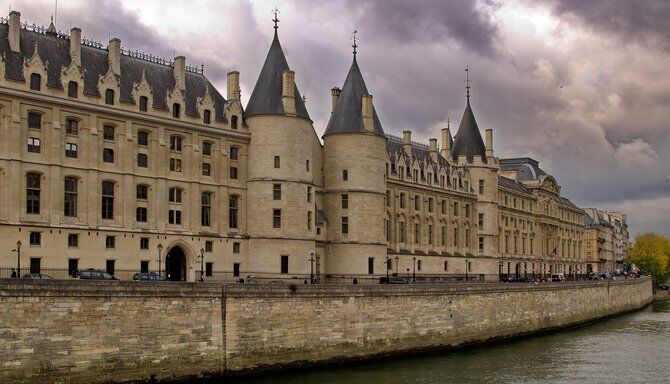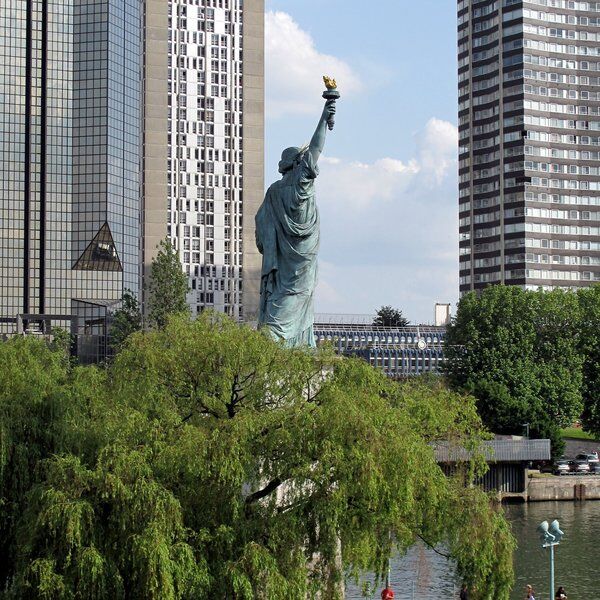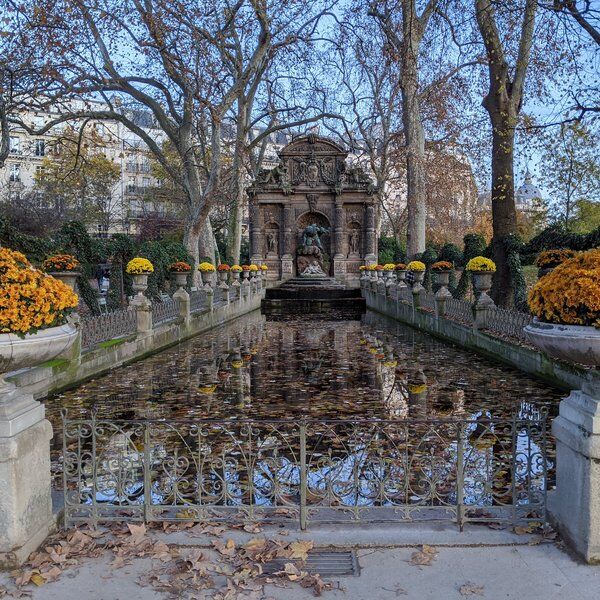The Ancient Origins of the Conciergerie
In the 1st-3rd century the Roman's built a fortress on the Western bank of the Ile de la Cité to protect what was then the town of Lutetia. The site remained important into the 6th century, when the Merovingian king Clovis made it his capital.
Over the following 500 years its significance faded and then rose again, as the capital was moved away from and then back to what had by then become Paris.
Towards the end of the 10th century a large fortress was built on the site of the old Roman structure to serve as a Royal Palace. At the time the building was called the Palais de la Cité, but formed the beginnings of what would later become the Conciergerie.

The Conciergerie as a Palace
The palace grew over the next three centuries in both size and importance. In 1190, Philip II moved the royal archives into the building before setting out on the third crusade. He appointed a custodian, or 'Concierge', to look after the building, earning it its name.
Between 1285-1314, during the reign of Philip IV, a Grand Hall was built along with two picturesque towers. The hall then became the official seat of Parliament.
The Conciergerie Prison is Born

Under Charles V (1364-80) the role of the building changed. The king relocated himself to the Louvre Palace and the Hotel Saint-Pol, and the Concierge was given greater authority over the lower and middle courts. In effect this was the building's first major step towards becoming a courthouse.
Gradually prison cells were added to hold a mix of common criminals and political prisoners. The wealthier you were the better the treatment you got. The rich received their own cells, complete with a bed, a desk, and reading and writing materials; the less wealthy received rougher cells ('pistoles') with a bed and maybe a table; the poor received crowded, damp and often vermin-infested rooms ('oubliettes' or 'forgotten places').
This kind of inequality was not limited to the Conciergerie but was rampant across the country as a whole and contributed to a major shift in the building's use, as well as in national and global politics when the late 18th century brought the outbreak of the French Revolution.

The Conciergerie and the French Revolution
Between 1788-1793 the common people rose up against France's ruling classes, abolishing Feudalism and the monarchy, extending the right to vote and imposing state control over the church. As a base of Parliament, the Conciergerie played a major role in this.
On May 5 1788 Parliament refused to leave the building, angered by the king's demands that they hand over two of their members for questioning. Parliament too however grew unpopular as the Revolution unfolded. It was dismissed in 1790 and the gates of the Conciergerie were thrown open.
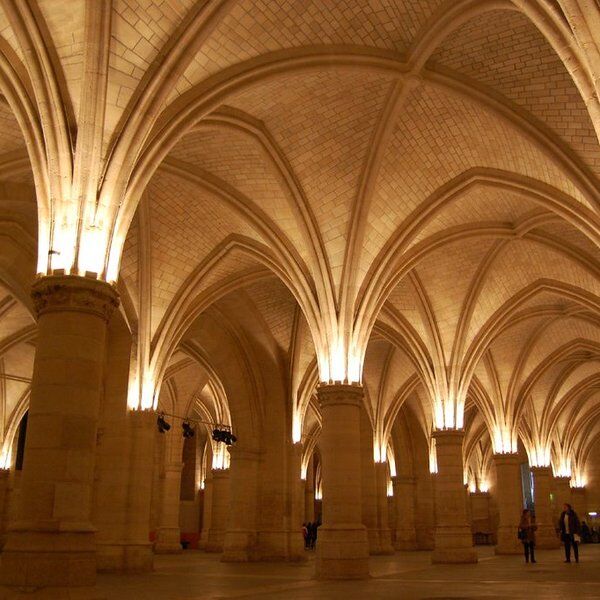
The Reign of Terror
In August 1792 a group of revolutionaries, The first Paris Commune, seized the building and took control of the government. A series of bloody executions followed, The September Massacres. Anyone suspected of being upper class or opposed to the revolution was killed, a total of 1,300 prisoners in just four days. This was the beginning of what is now known as the Reign of Terror.
A Revolutionary Tribunal was created to deal with suspected enemies of the revolution. They took up base in the Grand Hall, renaming it the Hall of Liberty, and sentencing 2,780 people to death in 780 days. Most famous amongst their verdicts is the decision on 16 October 1793 to send Marie-Antoinette, former queen of France, to the guillotine.
In 1794 the more moderate revolutionaries turned on their leader, Robespierre. Fearing for their safety, they executed him, along with the head of the Tribunal, which they then disbanded.
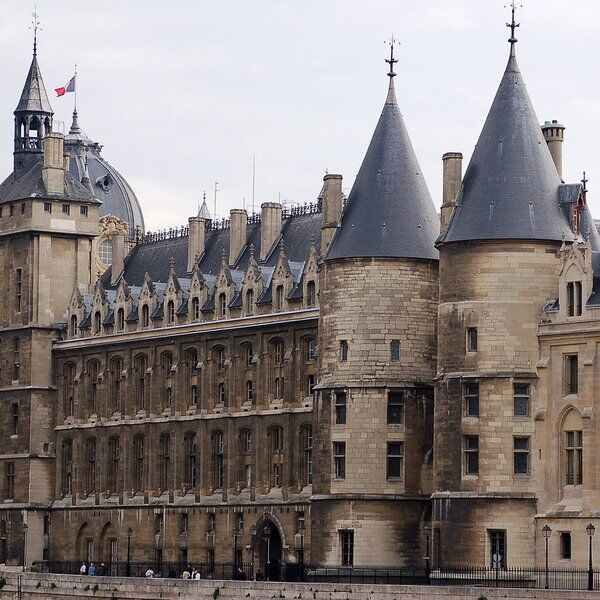
The Conciergerie into the Modern Day
The death sentence continued to be given frequently at the Conciergerie over the years that followed. As seen above, the more moderate revolutionaries still believed in capital punishment, as did the monarchy who, having been restored to power in 1814, soon killed off many of the surviving revolutionaries.
Despite several restorations and additions to the building, the Conciergerie remained a gruesome place. It continued to function as a prison until 1934 and is today a historical monument, a stunning castle in the centre of Paris, and a grizzly reminder of the city's history.
It can be visited between 9.30am-6.00pm daily. Admission costs 11.5€ but is free if you are 25 and under or disabled. Bookings must be made in advance.
Interested in finding more places like this? Try a CityDays urban exploration game - untangle cryptic clues as a team, as you are taken on a journey to the most unique, unusual and bizarre corners of Paris and beyond.
Or read more about historic prisons across the world in our articles on Strangeways Prison, Old Melbourne Gaol, Fremantle Prison, Cockatoo Island and Abbotsford Convent and Wormwood Scrubs posts.
